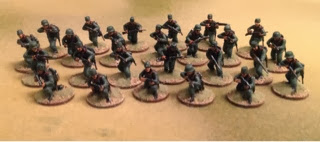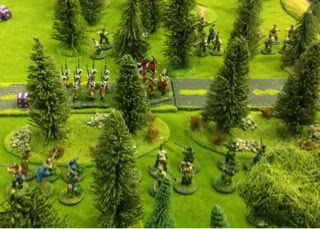Second on my holiday reading list has been Bernard
Cornwell’s latest epic, ‘The Pagan Lord’.
This is the latest in the Warrior Chronicles, telling the
story of Uthred, the pagan warlord, who was brought up by the Danes, but fights
for the Saxons. This is the seventh instalment in the series and covers the
period after Alfred’s death up to the historical battle of Teotanheale in 910.
The Danes are still pressing the Saxon kingdoms and Uthred is as usual in
trouble with the church he despises. He is banished, tries to capture his birth
right fortress at Bebbenburg, and when that fails, comes back to save the
Saxon’s yet again.
If this all sounds a bit familiar, it does have to be said
that the formula is getting a bit worn. A bit like Uthred himself, who is getting
on a bit. You might think, time to ride off to Valhalla with sword in hand and
you would probably be right.
However, the problem with this critique is that it is still
a great yarn. Absolutely compelling reading that you just can’t put down.
Cornwell is simply the master storyteller and while the formula is getting a
bit repetitive, there is enough of a gap between titles for the reader to
recover. Bring on the finale!


































